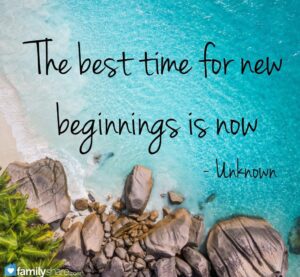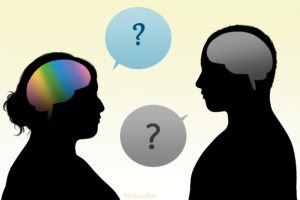At some point in therapy most of my clients tell me that they’re “broken” and that they need “fixing.” It often comes as a shock to hear that I can’t fix them, therapy does not “fix” you because you are not broken. At least this is the philosophy and model I use to underpin my work. What brings clients to my office is a consequence of something happening in their lives. Yes, I know that clients can be depressed and go to their doctor and get medication, get “fixed” if you like. This will mask the symptoms, sometimes clients feel better, but the actual reason for the depression is still there. This is one of the areas where therapy and medical treatment vastly differ. With medical treatment, the best outcome is a cure where you eradicate the illness and ensure it doesn’t return. In therapy, this isn’t possible because negative beliefs, maladaptive behaviours and many mental illnesses are not diseases that can be simply fixed. (I am aware that conditions such as schizophrenia and bipolar disorder for example can benefit from medication and that Alzheimer’s and autism have an organic derivation). If clients want to take medication for depression, anxiety or whatever I have no problem with that, if it alleviates the issue that’s fine, I just know that in the long-term it isn’t the only solution.

As a trauma therapist most of my work is around integrating maladaptively stored and fragmented trauma memories by allowing the client to make sense of the memories and derive meaning from them in the context of the client’s present time. I don’t think that fixing is an option here, let me explain.
Consider the analogy of a carpenter vs. a gardener as it relates to fixing and healing. The carpenter takes raw materials, follows a well-prepared blueprint, and uses various tools to turn those materials into something useful and beautiful, a chair for example. A gardener takes a seed or seedling. They plant that seedling in good ground. They provide optimal conditions for growth by providing water and access to sunlight. They provide protection if necessary and there may even be some pruning or fertilising. Basically, they help the plant to grow and fulfil its potential and the process is slow, and the results can vary. Both roles are important and treasured but neither process can achieve the results of the other. A carpenter cannot build a plant and a gardener cannot grow a chair.
As an example, in humans, if you break a bone you go to the doctor. The doctor will splint the bone and that is as far as things go. The bone, if left to its own devices will heal itself. The doctor cannot somehow get inside the bone to heal it, he/she cannot hurry the healing process. He/she can provide optimal healing conditions, but healing is a natural process. The mind-body heals itself (much research demonstrates that the mind and body are not separate identities, something perhaps for another blog). Yes, some conditions can seemingly be fixed, you have a bacterial infection and anti-biotics will fix it. You have tooth decay, drilling or extraction will fix it.
“Simply touching a difficult memory with some slight willingness to heal begins to soften the holding and tension around it.”
Stephen Levine
Fixing allows the client to be essentially passive whilst something is done to them. Healing is an involved activity, less dependent on external circumstances than on the work clients are prepared to do within themselves. Unfortunately, people often confuse the two. It is not uncommon to hear clients describe themselves, their lives, or their relationships as being broken. And often they have tried everything they know to try to fix those things and it hasn’t worked and so they become discouraged and assume that their lives or relationships are broken beyond repair. Maybe the reason their well-placed efforts haven’t been effective is partly because they aren’t dealing with a problem that requires fixing. Perhaps they are dealing with is a wound, an injury or a hurt that requires healing. And just as nurturing a plant differs from constructing a chair, healing differs from fixing. Healing requires time, it requires feeling and often hurting, and hurt often serves the function of letting us know that something is wrong. Hurt frequently appears like a problem to be fixed and so clients try to fix things or look for someone to fix things for them. Sometimes, feeling the hurt is also a part of the healing process and sometimes, attempts to save someone from their hurt prevents that someone from being able to heal.
Healing is different from fixing because healing is on ongoing change rather than a simple reparation. Healing is a continuous journey as opposed to a temporary one because healing is a process instead of a single action. Healing is a momentum forward whereas fixing is an anchor to the past. Healing recognises and reaffirms the person as a whole, rather than as a problem to be solved.






